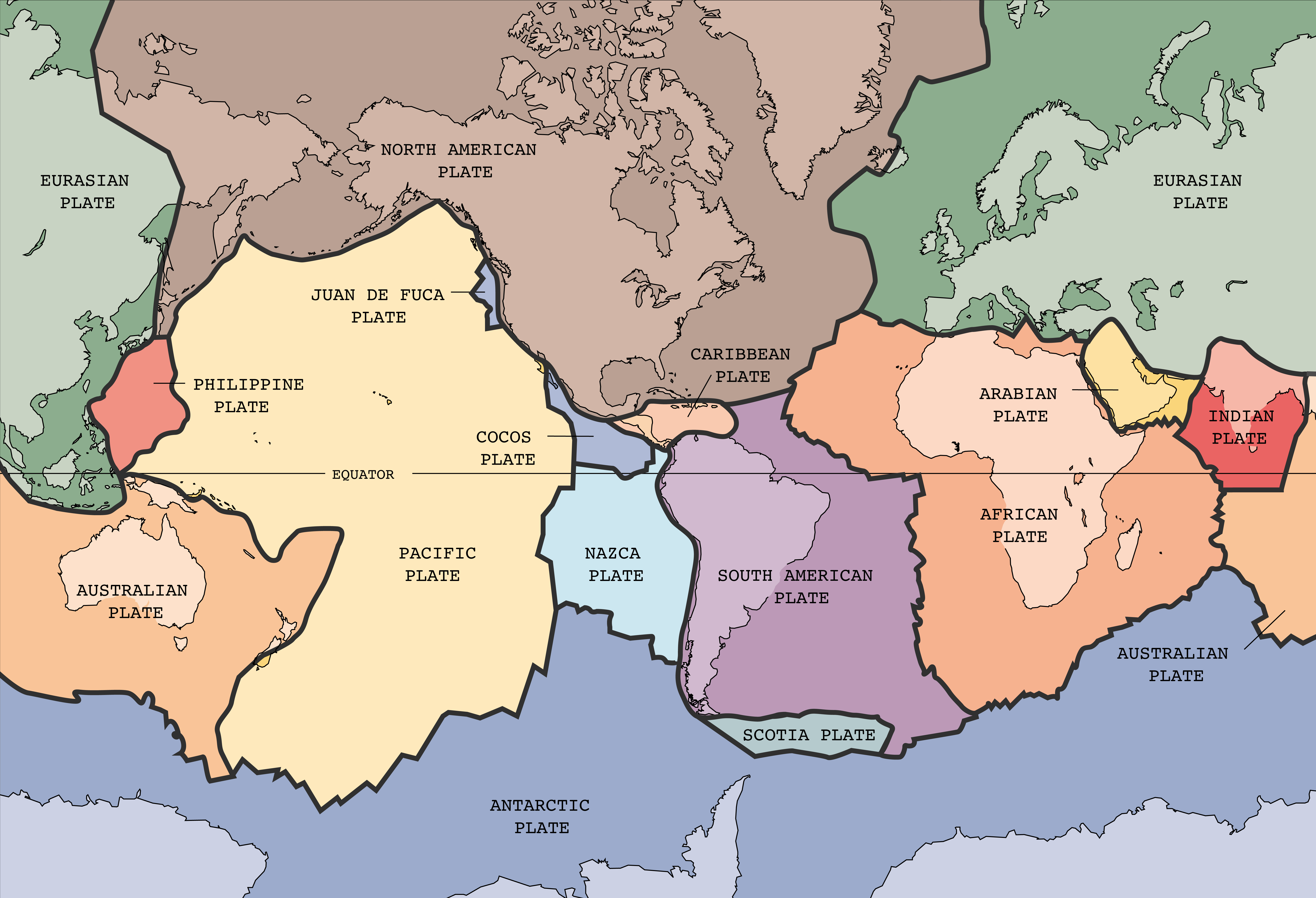
Earthquakes, it turns out, can affect the movement of the plates. I know what you’re thinking. Plate movement causes earthquakes, not the other way around, but according to new research published in the Geophysical Journal International, the reverse is also true.
Researchers studied and analyzed the GPS data from the 1999 İzmit earthquake in Turkey, which was an incredibly strong and deadly quake that measured magnitude 7.6 and lasted just under a minute. The quake occurred on the North Anatolian Fault, a strike-slip fault similar to the San Andreas in California, where two plates are slides past each other. Turkey rests on a microplate called the Anatolian Plate, which is squashed between the Eurasian Plate and the Arabian Plate and being moved to the west about 2-2.5 centimeters a year as a result. That western movement means the plate scrapes against the other two plates, and bam, earthquakes.
However, that huge quake in 1999 changed the direction of the Anatolian Plate, and that change also influenced how often quakes happen there. Lead author Juan Martin De Blas explains: As the plate movements change, it somewhat affects the pattern of the later earthquakes. If a tectonic plate shifts direction or moves at a different rate than before, this potentially impacts the seismicity of its margins with neighboring plates.
And scientists need to take the effects of quakes themselves on plate movement into account when creating models for hazards. Co-author Giampiero Iaffaldano further explains: An important aspect of these models is that they operate under the assumption that plate movements remain constant. With this study, we can see that this isn’t the case. Therefore, the models can now be further evolved so they take the feedback mechanism that occurs following an earthquake into account, where plates shift direction and speed.
The team suggests that more GPS stations are needed in fault zones to monitor the plate interiors, away from those scraping edges where the earthquakes actually occur, to detect changes in the motion of the plates themselves. Of course, the team also notes that this research applies only to the Anatolian Plate due to the abundance of data collected from the 1999 İzmit earthquake, but they expect that results will be similar for other tectonic plates.
Earth keeps on moving and shaking, being the only planet with confirmed plate tectonics.
More Information
Groundbreaking earthquake discovery: Risk models overlook an important element (EurekAlert)
“Have the 1999 Izmit–Düzce earthquakes influenced the motion and seismicity of the Anatolian microplate?“, J Martin de Blas, G Iaffaldano, and E Calais, 2022 January 20, Geophysical Journal International




 Join the Crew!
Join the Crew!
 Escape Velocity Space News
Escape Velocity Space News
0 Comments